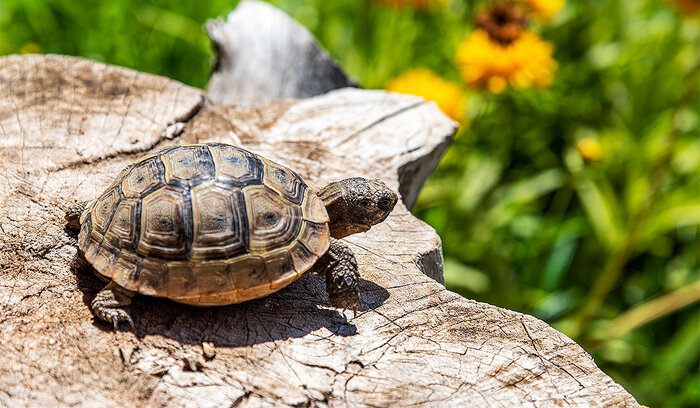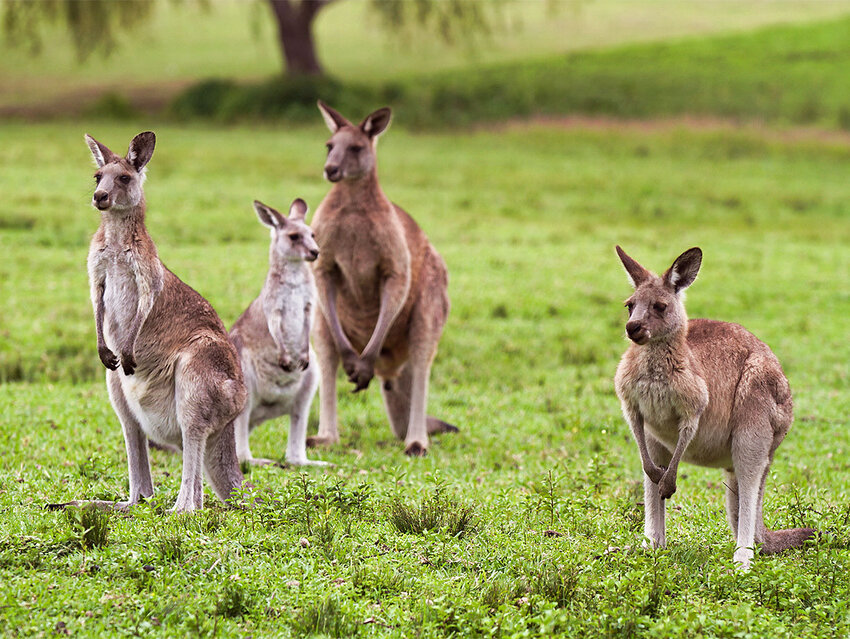
Cavort
[kə-VORT]
Part of speech: verb
Origin: American English, 18th century
1.
Jump or dance around excitedly.
Examples of Cavort in a sentence
"Every evening I watch the possums cavort in my backyard."
"Elated partygoers cavorted beneath the light of a disco ball."
About Cavort
“Cavort” is believed to be an alteration of the now-rare verb “curvet,” describing hind-leg jumps performed in series by trained horses. By the late 19th century, slang dictionaries recorded the existence of “cavaulting,” which became “cavorting.” Dictionaries at that time connected “cavorting” to the term “horsing” (as in “horsing around”).
Did you Know?
“To cavort” has always been associated with animals, beginning with the word’s root in “curvet,” which describes performing horses. As a result, “cavort” as a verb can be used to describe animal playfulness, and also people behaving like excited animals. In modern usage, “cavort” can suggest scandalous behavior, but it’s more often used generally to describe actions that make people seem like playful animals.





.jpg)


